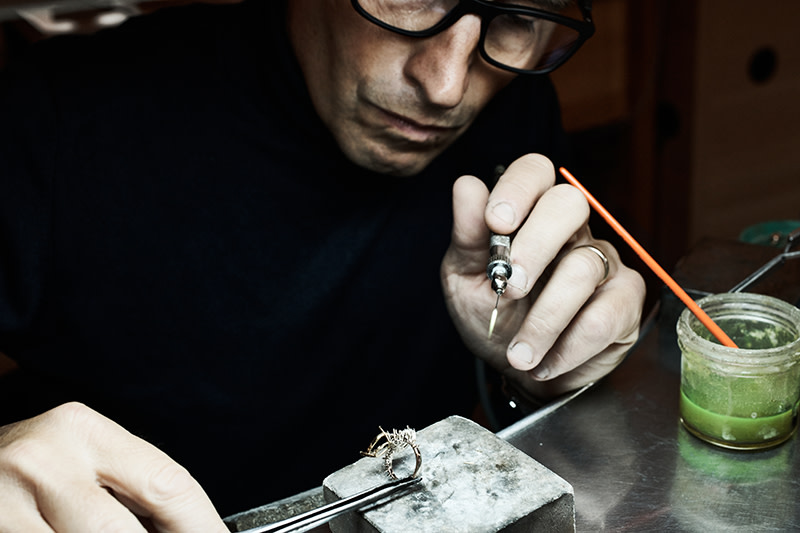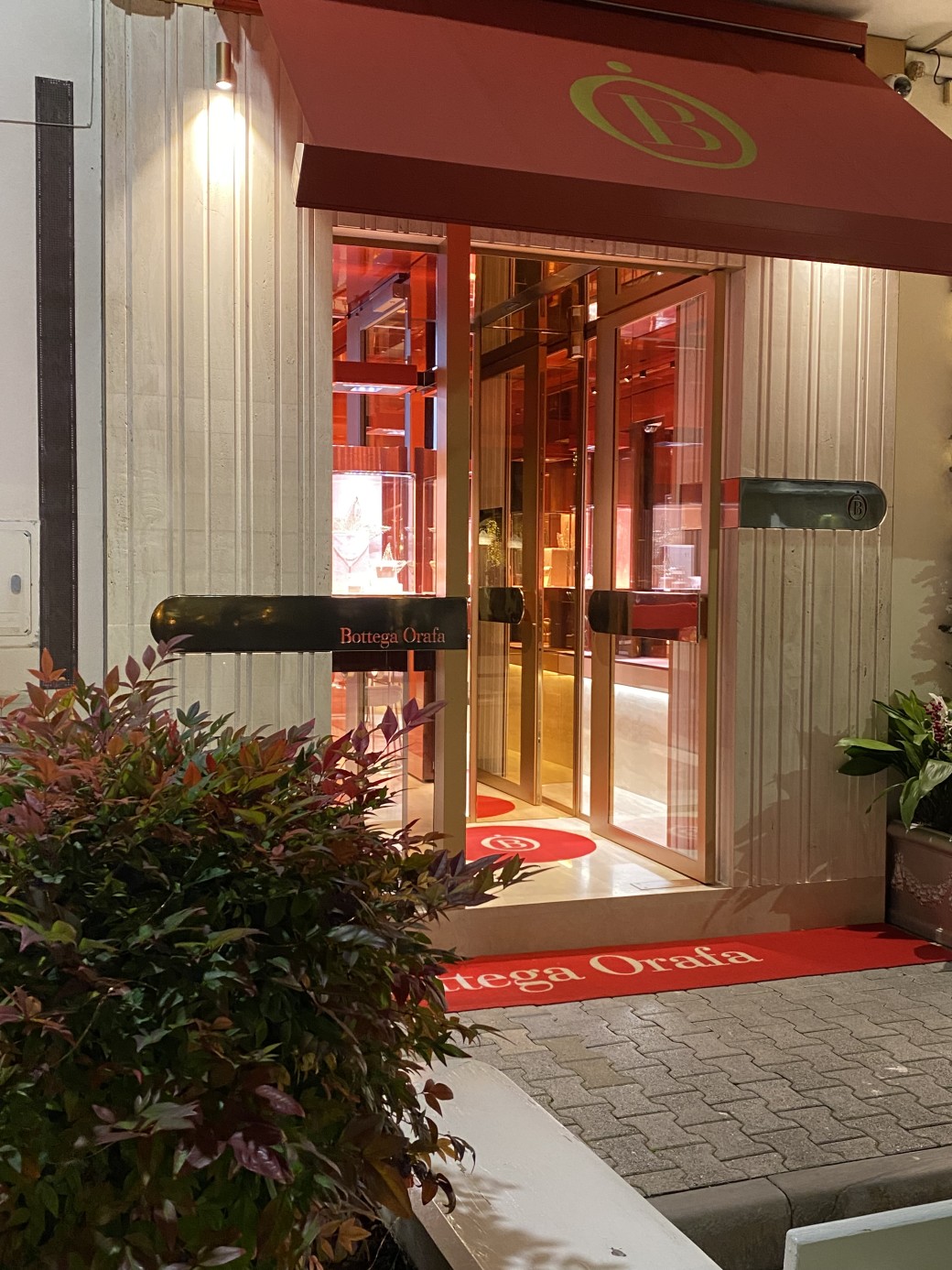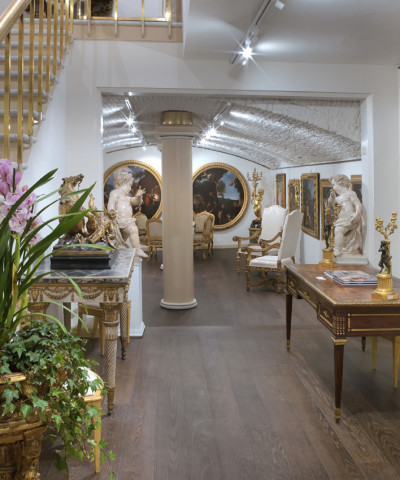Valentine's Day gifts. How to choose a diamond... since it's forever
Luigi Citi of Bottega Orafa explains what diamonds are, the new trends in cuts and colours, and all the useful advice to bear in mind when buying them
At this time of year, many men begin to wonder what to give to the woman they love. This is an important gift, which can define affection or establish the character of the relationship, its depth, its importance. There are various ways and levels of expressing your feelings to a woman, but the choice of a piece of jewellery reaches the highest point. And if the jewel is set with a diamond, well, the road will be all downhill... at least for the final effect.
But when it comes to the choice, the matter is a little more complicated.
 Luigi Citi, Bottega Orafa
Luigi Citi, Bottega Orafa
After all, who among us really knows the world of diamonds? Did you know that diamonds can come in many shapes and even be coloured? What determines the value of a diamond? But, above all, can you protect yourself from being ripped off? How?
We went to Versilia to ask a real expert. Luigi Citi, goldsmith and gemologist, founded Bottega Orafa in Navacchio, in the province of Pisa, in 1992 - a refined jewellery shop with an in-house workshop, where everything is created from the design to the finished jewel - and a year ago he opened a beautiful boutique in Forte dei Marmi.
 Bottega Orafa
Bottega Orafa
Let's start with the basics Luigi, what is a diamond?
A diamond is the rough stone that is extracted from the mine. It is irregular and has no shape whatsoever. It is the cutter who, together with the client, decides what kind of cut to give the stone.
And what about the brilliant?
Until a few years ago, especially in Italy, it was the best known cut of the diamond, i.e. the classic round cut. So much so that in jargon it is called a 'brilliant or round cut diamond'.
 Bottega Orafa. White gold ring with heart-shaped brilliant-cut diamond
Bottega Orafa. White gold ring with heart-shaped brilliant-cut diamond
Nowadays we hear more and more about 'cut stones', what are they?
Yes, it's true, in recent years the trend to mount so-called 'cut stones' has also arrived in Italy. They existed in the past, but were only sought after by a niche of customers or experts. Now cut stones have become very popular with the general public. They are diamonds that have the same characteristics as a brilliant, both in hardness and colour, but are simply cut differently. We are talking about emerald-cut diamonds, marquise-cut or navette-cut diamonds, heart-cut, teardrop-cut, cushion-cut, radiance-cut, oval-cut or princess-cut diamonds. These I have just listed are the main cuts, i.e. cuts that are given central positions in the jewel.
 Bottega Orafa. White gold ring with an emerald-cut fancy color diamond in the centre
Bottega Orafa. White gold ring with an emerald-cut fancy color diamond in the centre
Do minor cuts exist?
Exactly, the cadillac or the triangular for example. They are minor cuts because they are usually set in lateral and contour positions.
How is the cost of a rough diamond determined?
Gemologists and jewellers refer to an international price list called Rapaport for the quotation of diamonds. There are others, but this is the most important and followed.
What parameters determine the value of a brilliant or cut stone?
The quality of the cut first, the colour, the clarity and obviously the carat, i.e. the weight.
Are we talking about coloured diamonds?
Certainly an interesting phenomenon of recent years. While the traditional trend until a few years ago was to use white brilliant or round-cut diamonds in jewellery - with their nuances, but essentially white -, now naturally coloured diamonds are very much in demand, in technical language we call them fancy colour. The yellow variant, defined as fancy yellow, is the one that has entered the Italian market a little more forcefully, but right now it is being joined by demand for natural diamonds of other colours, which turn into pink, blue or green shades. The value of fancy yellow diamonds is similar to that of white diamonds, with prices also affordable. On the other hand, blue, pink or green diamonds are very rare, the demand is there but the prices are higher.
 Luigi Citi at work in his workshop
Luigi Citi at work in his workshop
And finally, the best part... How can I tell if a brilliant or a cut stone is authentic or not?
Well, it is true that there is a problem with lab ground, i.e. industrial laboratories that recreate diamonds synthetically. We need a specific machine that we have that guarantees the naturalness of the diamond if it does not have a gemmological certificate. There are three most prestigious certificates of authenticity: the IGI, the GIA and the HRD. A certified diamond is blistered and has a laser engraving on the crown, but if the diamond does not have these characteristics and is already mounted on the jewel, we are able to verify its naturalness through a scanner that detects the catalysts used by those who process synthetic diamonds.
Bottega Orafa
Via Tosco Romagnola, 2041, Navacchio (Pisa) - 050 775282
Via Carducci, 49, Forte dei Marmi (Lucca) - 0584 319297
 Bottega Orafa entrance to the jewellery workshop in Navacchio, Pisa
Bottega Orafa entrance to the jewellery workshop in Navacchio, Pisa Bottega Orafa. Entrance to the Forte dei Marmi store
Bottega Orafa. Entrance to the Forte dei Marmi store
















